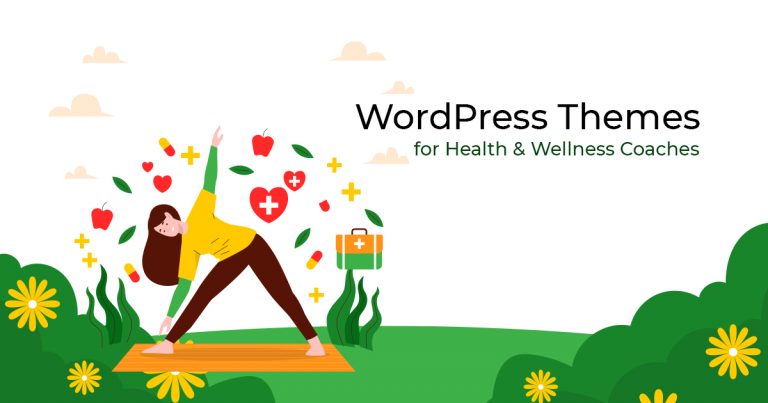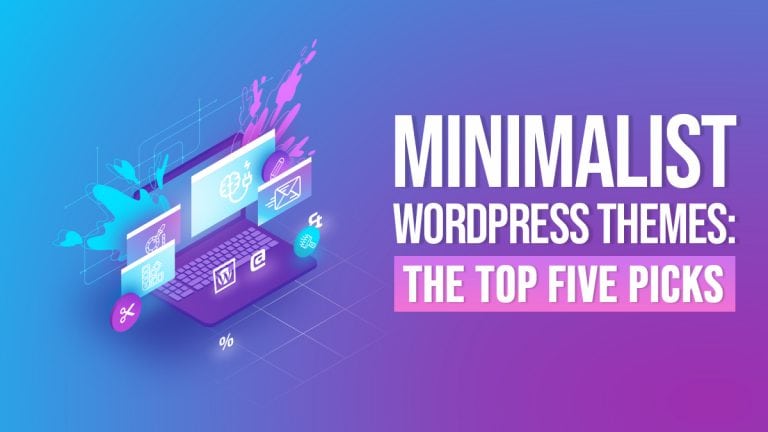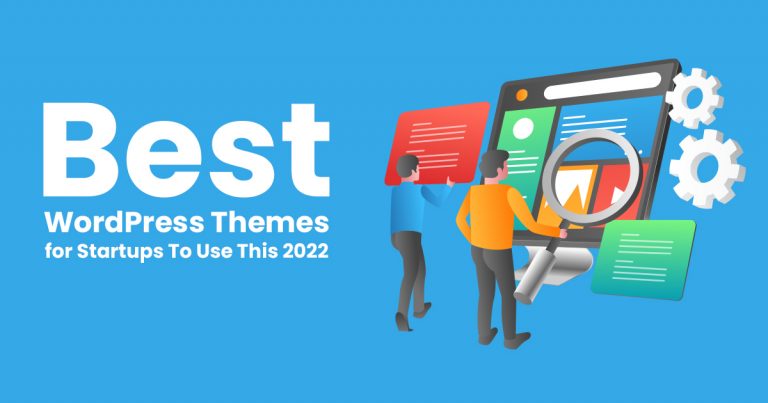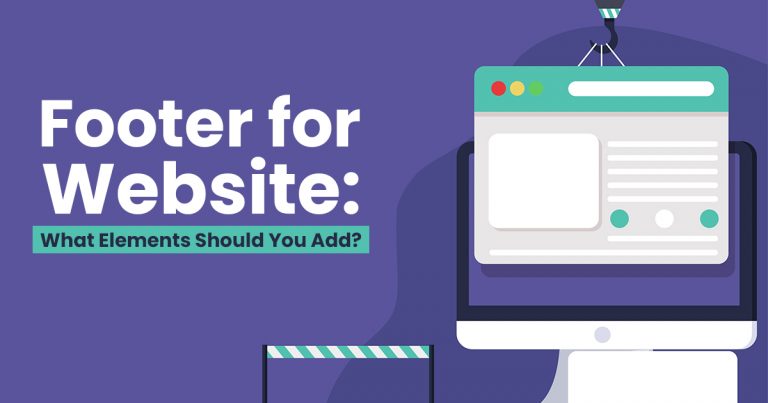
WordPress is easy to understand and even more easy to work with! Nobody could pass up a Content Management System like it, and it shows! The site itself says 42% of the web relies on it: “More bloggers, small businesses, and Fortune 500 companies use WordPress than all other options combined.” With such an illustrious resume, how could anyone resist? Read on for some WordPress theme tips you can use to boost your website’s popularity!
WordPress theme tips to consider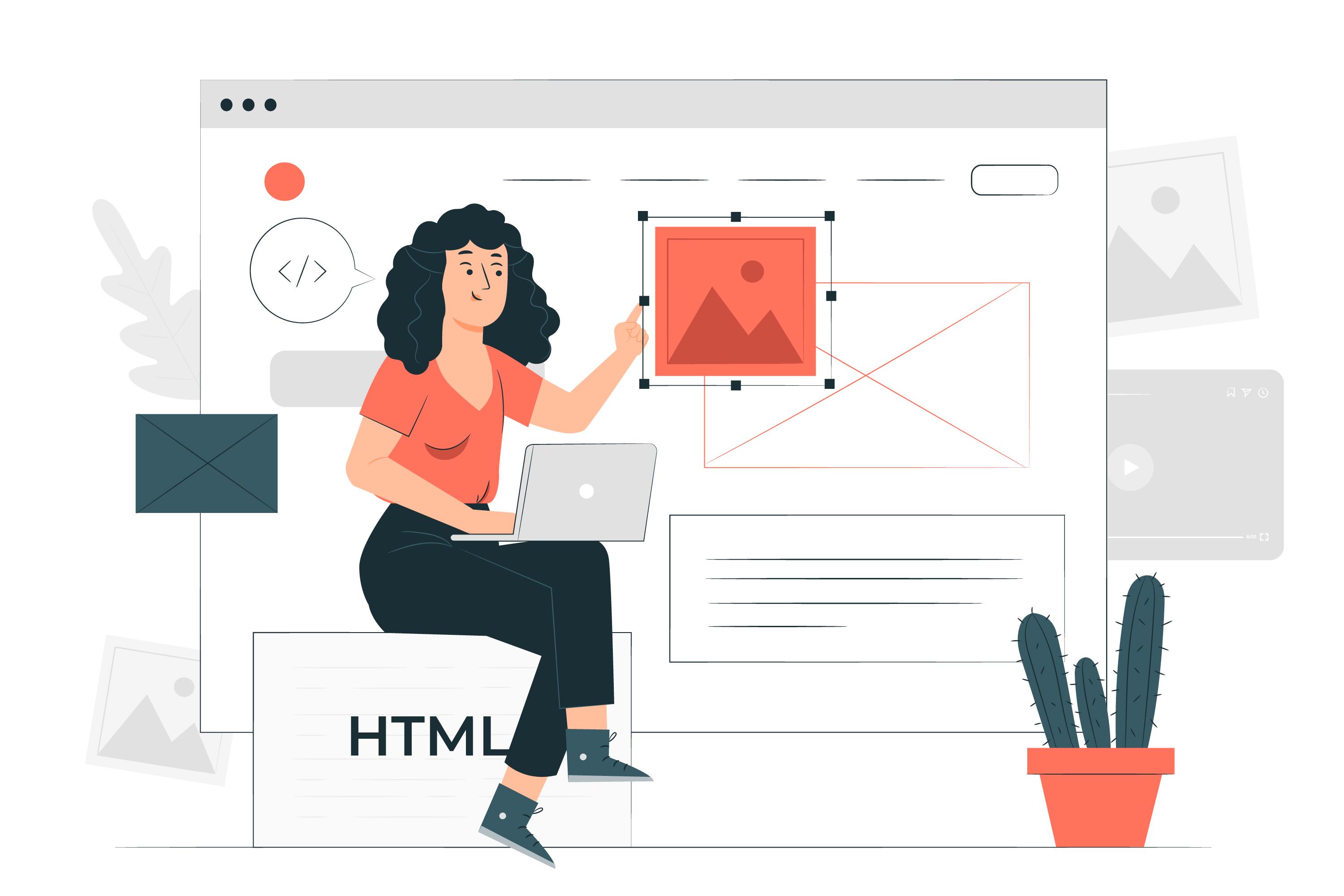
Not every business needs to have WordPress be their Content Management System. Depending on your business’ nature, you can just stick to making a company site. Or, you can choose from a couple of other CMS’. However, when weighing the pros and cons, WordPress is less exhausting than creating a new site from scratch.
WordPress boasts the easiest and widely-used CMS on the ‘Net. You don’t need any coding or manual to create the site you envision in your mind’s eye! Instead, WordPress does all the heavy lifting for you as it’s a drag-and-drop type site builder. You can even add plugins for pretty much any purpose, as well as make your site play nice with third-party tools like MailChimp and Google. However, if you want some customization hiring a WordPress developer will handle it, no problem! So here are the top WordPress tips for choosing a theme!
Think about your price range
WordPress is impressive, to be sure. But while some of the best things in life are free, others aren’t. WordPress offers a lot of lovely themes to choose from. But it has five types of themes on it at present:
- Free Themes — they’re free, yes, but they have limited features.
- Freemium Themes — free just like the last one, but with paid plugin upgrades.
- Premium Themes — paid, and with all the trimmings!
- Custom Themes — custom-made themes, by developers, for a client.
- Theme Frameworks — themes that serve as frameworks for other themes.
And ultimately, whichever type you pick is up to you. While free WordPress themes are simpler, paid themes have more features that ensure a better experience for you, the site owner, and the visitors. Customer support, coding quality, and site security are guaranteed with paid themes. But you can always use a free theme now and upgrade later on!
Consider what the WordPress theme is for
You have to come to the WordPress site builder knowing what you aim to do. You should also have even just a basic look in mind. Whether for a food blog, a fashion display, or a health and wellness site, you have to be ready with the features you want. This WordPress tip also extends to the actual functions of the site.
When preparing to make a site, you have to consider what you want the website to do. For example, let’s say you’re going to make the site food-based. So you have to get a WordPress theme that showcases delicious meals or drinks with large photo displays— we eat with our eyes, too, you know! And if your food blogging site also helps people find great restaurants, you can look for a plugin that supports it!
Make the WordPress site easy on the eyes
When designing, this tip says to incorporate web design elements to help your visitors navigate the website to the buttons, links, and other details you want them to lead them to. Your site should be appealing to visitors, but remember the adage, “less is more.” Your WordPress theme should be accessible to both the eyes and the cursor. You can’t convert anyone if the site is too messy or loud!
Show your intentions through the design. You can’t expect a hospitality website to look like a news site! So, plan with your website goals in mind.

The WordPress theme has to be customizable
Let’s face facts. While some themes will draw your eye, they aren’t all ready to showcase your business right off the bat. So, you need to dirty your hands a little. Move sliders around, color pick from your palettes, and write up some text to give your site some flavor!
However, take care that your chosen WordPress theme isn’t too customizable nor not customizable enough. For the former, it’s not bad per se, but you don’t need to go overboard. Not only that, the staggering amount of options might turn you around and make you lose precious time. On the other hand, if you can’t customize the WordPress theme enough, it isn’t flexible enough to accommodate your business and its logos or motifs.
The theme also has to be responsive
You can’t have a janky WordPress website that won’t load fast enough. But, in this day and age, even just a millisecond of wasted time will cause visitors to leave your website. So, you need to make sure your WordPress site theme doesn’t drag down your loading time.
Also, you need to make sure that your website looks good no matter where it loads: desktop, laptop, mobile, tablet, even a smart TV if you can test it out! But, you could focus primarily on handheld devices. They’re the ones that are the closest to peoples’ hands at any given time. Statista takes this even further, saying that mobile devices are responsible for “approximately half of web traffic worldwide.”
The theme has to be compatible with multiple browsers
This WordPress theme tip is also connected to the last one: make sure your site looks good regardless of your visitor’s home browser! So just as with the previous tip, test your site with as many browsers as you can! Just because Google tends to be the majority go-to doesn’t mean that you can’t forget about people who use Firefox and Opera!
Now, some good news: WordPress theme developers can detail what browsers the theme is compatible with! You can also test the themes yourself.
WordPress offers plugins; use them!
WordPress has several little bits of software that can add features to your website and extend functionality. You could download as many plugins as your business needs, but on the other hand, WordPress shouldn’t force you to install more plugins than you need. You’ll most likely need Yoast, OptinMonster, and WPForms.
However, having too many could be a website security risk! A WordPress theme can come with plugins, but it isn’t dependent on plugins. Additionally, you should ensure that all plugins you download come from the actual plugin store. It lessens the chances of bringing in plugins containing malicious code.
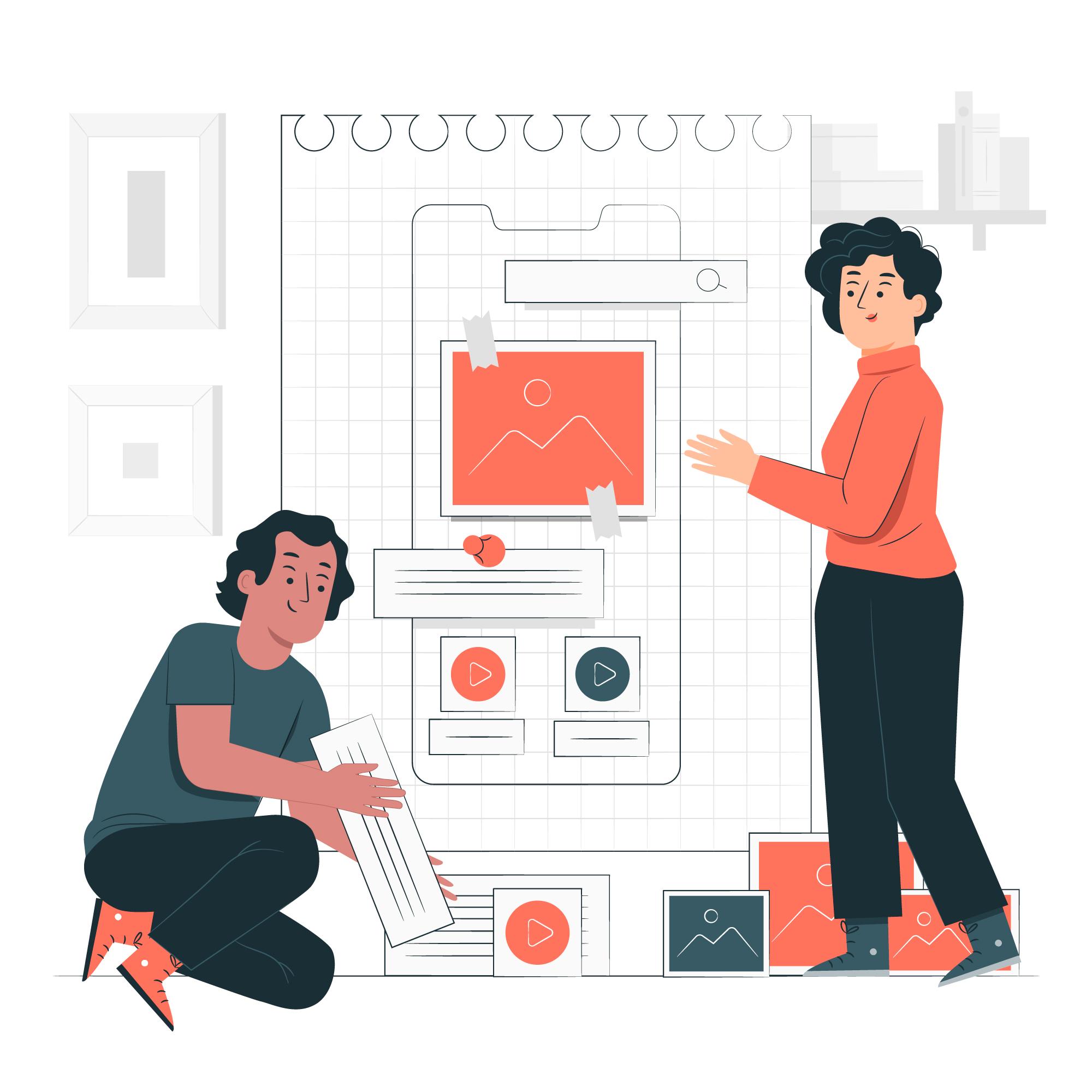
The WordPress theme offers SEO optimization
With Google handling SEO rankings, it pays for your website to be SEO-friendly. Now, you have to take care as early as the theme selection stage! You might pick a theme that’s great for your website but ends up dragging your SEO score down. Some theme developers will state that their themes are SEO-friendly, but you can always test it out with the W3C Markup Validation tool! Also, WordPress allows you to search for specifically search-friendly themes.
The WordPress theme has to list updates
WordPress has an admirable habit of constantly updating itself. The updates are so that they keep up with web security! Likewise, your theme should constantly update itself so that all your hard work doesn’t get ruined.
Now, when you’re picking a theme, you’ll have to check if they have a “Last Updated” in the description. Go for themes that got updated in the last six months. But, absolutely do not choose themes that haven’t seen any updates in two years! You don’t know where it’s been!
See if people sing its praises
This WordPress website theme tip says: Check on feedback! WordPress has a rating and reviews system that allows you to see if the theme is as functional as it is eyecatching. So, promising signs include high download count, four- to five-star ratings, and glowing reviews. However, it’s highly encouraged to avoid outdated themes that haven’t seen any TLC in about half a year. “If you see a theme that hasn’t been updated for more than 6 or 7 months, then it’s likely not up-to-date with the latest security patches and protocols that people are using,” states Blog Tyrant. In addition, outdated site themes and plugins are potential security weaknesses!
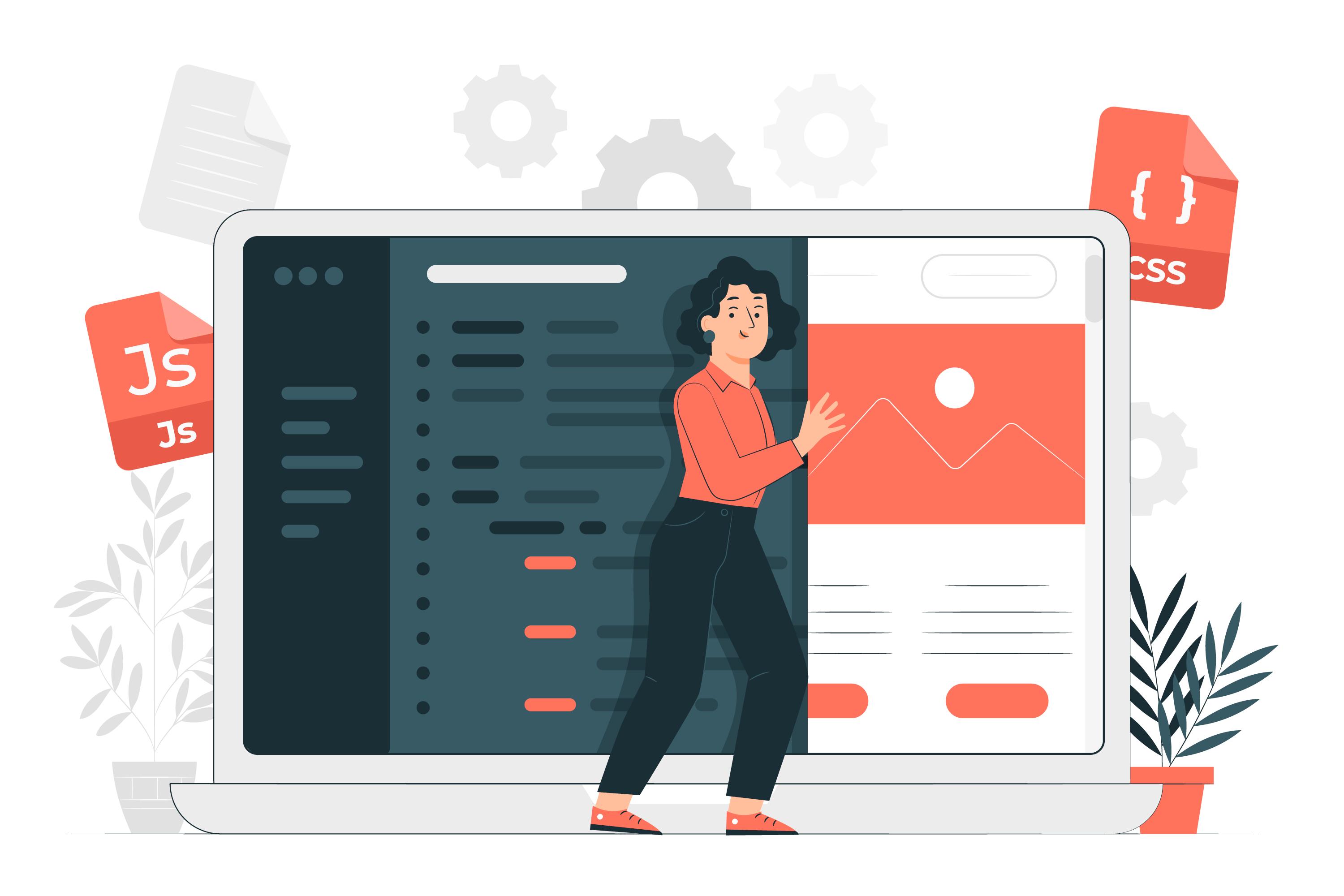
A WordPress theme is your best bet for managing content
The Content Management System WordPress is a widely-used system due to its accessibility. Regardless of coding or design skills, WordPress allows anyone to create any site they wish. With the rise of digital marketing, having an online presence is a necessity. A WordPress website is not the same as a company website, but it is undoubtedly easier to handle and create if one starts from scratch.
So some of the WordPress theme tips are as follows:
- Consider your price range and the goals of the site.
- Use web design fundamentals for easy conversion.
- Don’t go overboard with the features.
- Make sure that the website is accessible from all devices and browsers.
- Get just the right amount of plugins.
- Find out whether the theme is SEO-friendly and recently updated.
- Finally, check what others are saying about the theme you’re eyeing.
These are arguably the most important tips, but we probably didn’t cover everything! Got a tip we didn’t cover? Want to share your thoughts? Comment down below!

